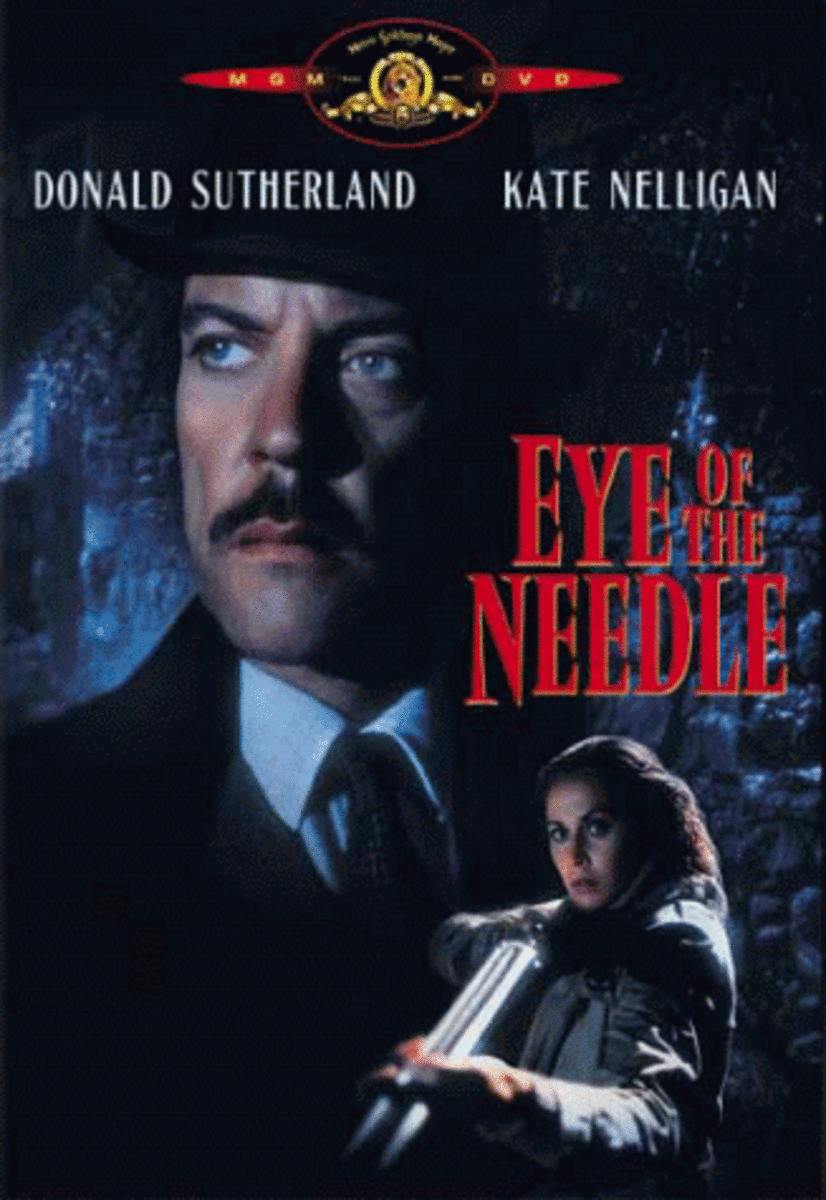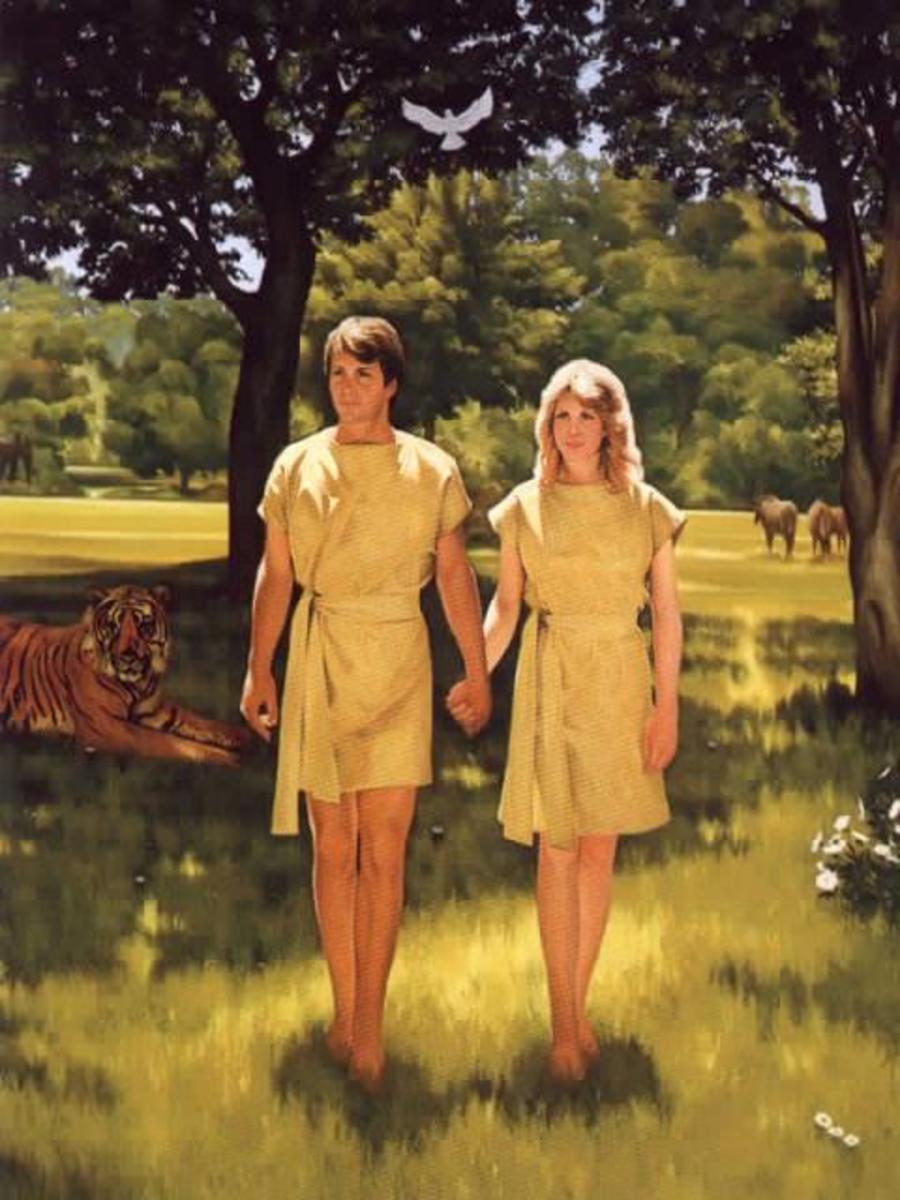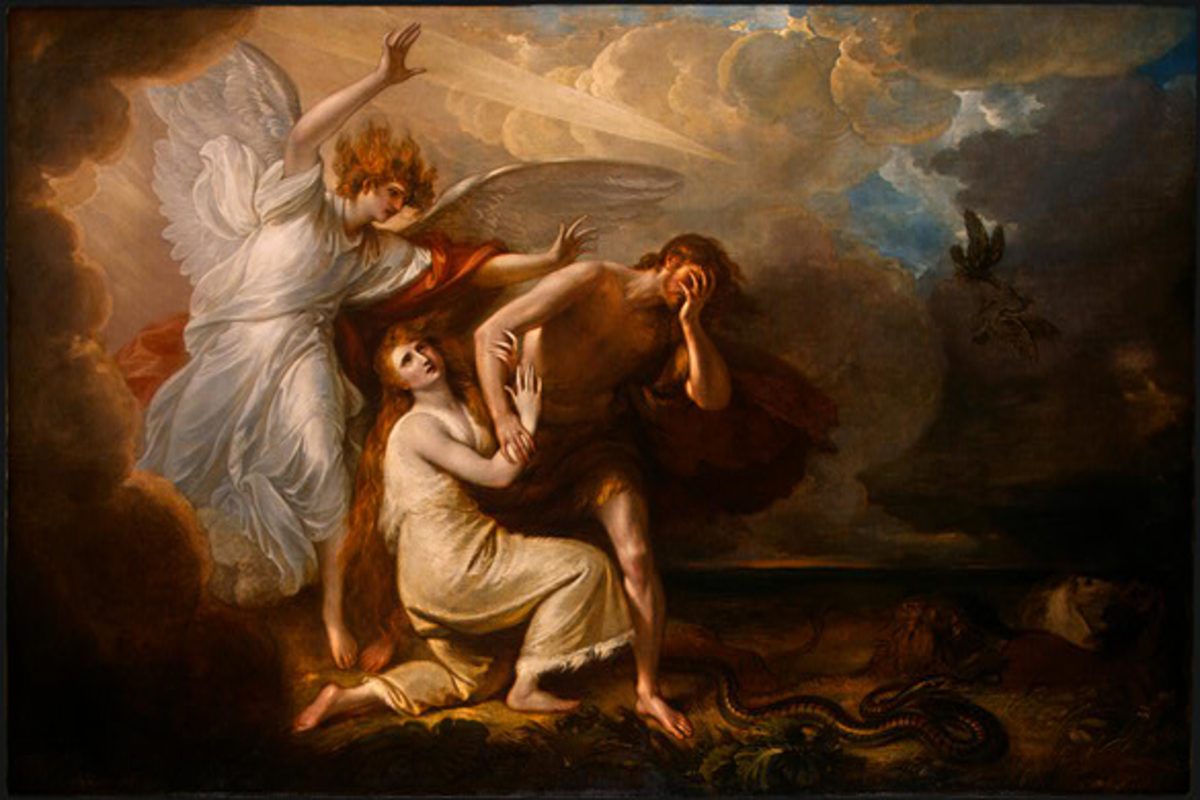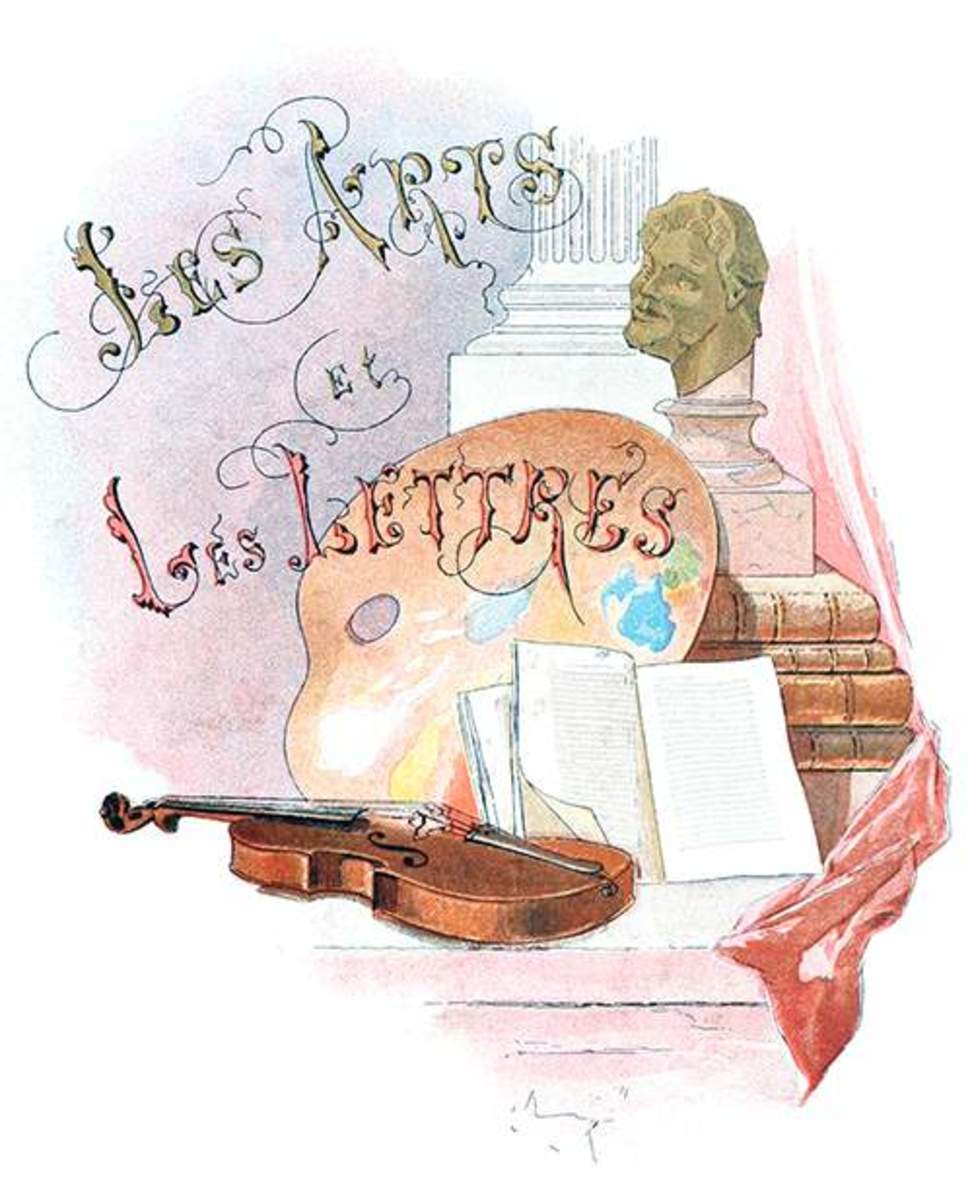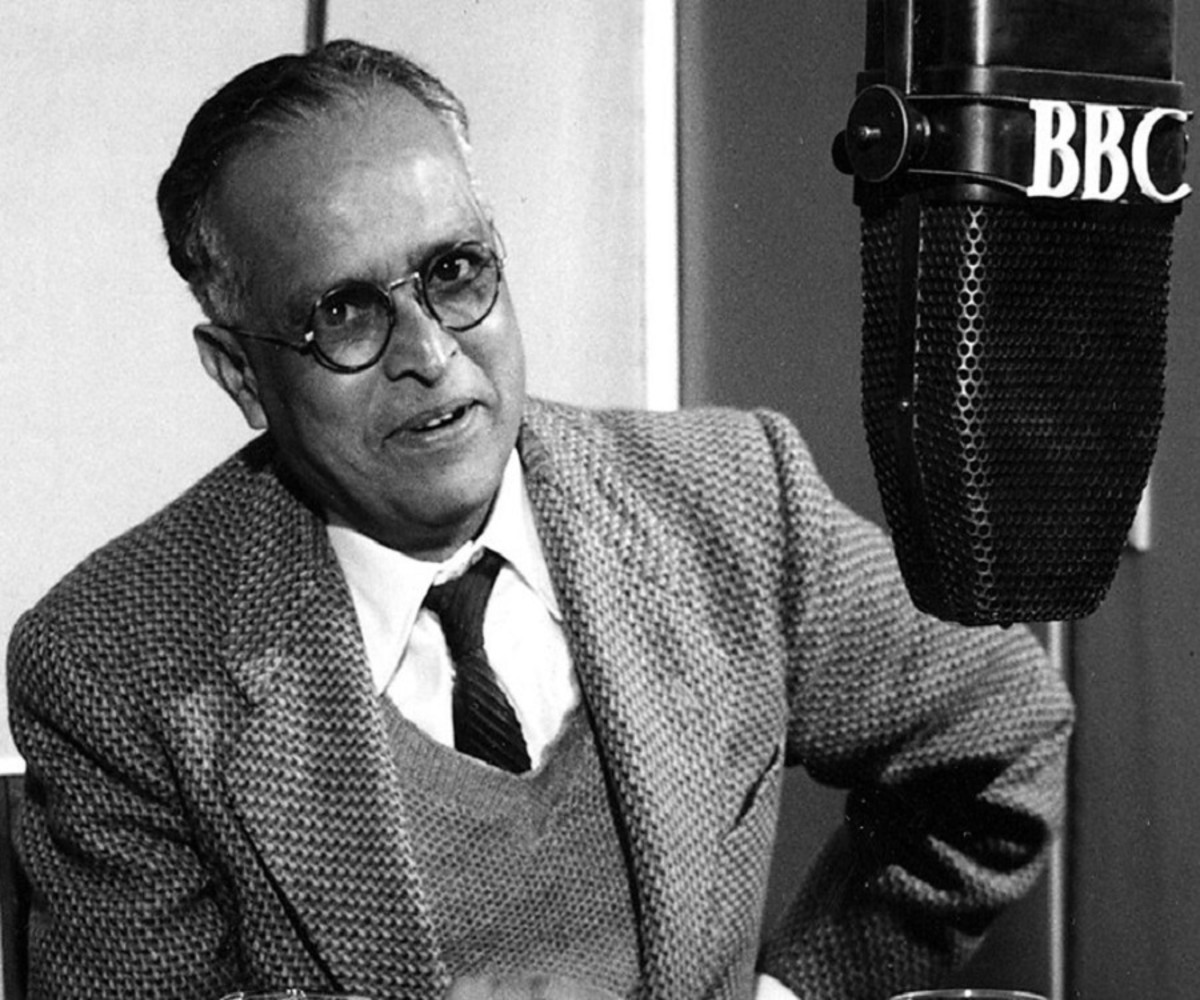Adam & Eve: a tall tale that rings true
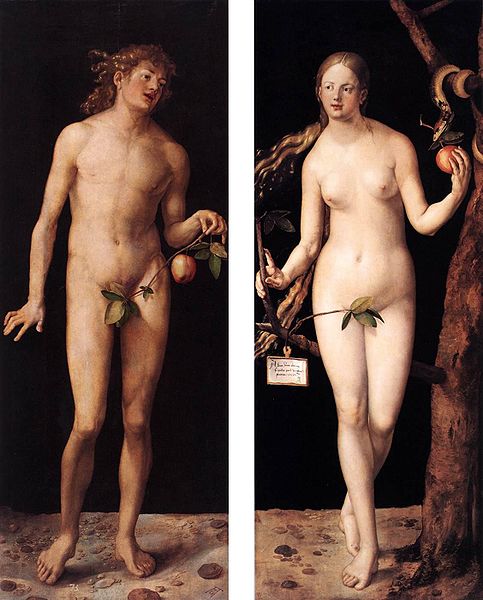
Contra its many bad reviews, I found Adam & Eve, the novel by Sena Jeter Naslund, to be a fun read. Yes, the plot is over the top, but it resonates. The struggle that engages its characters is that between science and religion—and more generally, that between subjectivity and objectivity. As with any struggle, there are good guys and bad guys, which here equate respectively with those who eschew and those who embrace violence.
The year is 2017. The protagonist Lucy Bergmann begins the story in first person recounting the recent death of her husband, astrophysicist Thom Bergmann, in Amsterdam, where he was to give a keynote address at an international astrobiology conference. A few hours before his death, Thom had shown Lucy his upcoming presentation, projected on the ceiling of their hotel room, revealing an extraordinary discovery that he had not yet publicly announced: spectroscopic signs of life scattered throughout the galaxy. At the end of the presentation the image morphs into a heart, “a Valentine to all the Lucys of the universe”.
Saying that they need to be careful—owing to fundamentalists who would react poorly to news of life being widespread in the universe—Thom gives an overawed Lucy the file on a titanium flash drive before departing for the conference, and they arrange to meet for lunch prior to his talk. Lucy hangs the “memory stick” around her neck, her way of keeping Thom close when they are apart. After a morning visiting the Anne Frank museum, Lucy is late and hurrying to her lunch date when she sees an odd thing: a grand piano being raised to a second story apartment on ropes and pulley...
...which suddenly come loose, falling on her husband who is waiting on the sidewalk below, killing him.
Lucy flashes back to when she first met Thom at the University of Iowa, where she was an 18 year old freshman and he a 41 year old assistant professor. Married not long thereafter, they had enjoyed two decades together as a working couple, Thom climbing the academic ranks and becoming world renowned for developing a powerful new method of searching for extraterrestrial life, and Lucy, after graduating with a degree in psychology, establishing a successful practice as an art therapist for the mentally ill.
The story moves to Mesopotamia (i.e. Iraq), where we encounter a naked man, unconscious on the bank of a river in an oasis. Slowly regaining consciousness, he perceives himself as Adam, just created from the dust. Through brief flashes of memory we learn that he was an American soldier who was captured, brutally raped in the back of a truck, and dumped by the side of the road. Adam sets about exploring his surroundings, discovering gardens, orchards, a redwood forest, and a warm sea: a veritable Eden. Finding plenty of fruit to eat, he is content, but after his first day he begins to feel lonely, so he asks God to craft him a mate.
Three years after Thom’s death, Lucy is invited to speak at a conference in Thom’s honor in Egypt. On the way she meets Gabriel Plum, an old friend who had been a colleague and former student of Thom’s (and, ironically, a fundamentalist Christian who Thom had worried might not welcome his new findings about the presence of life elsewhere in the galaxy). A debonair Englishman, on the flight to Egypt Gabriel asks Lucy if she ever considered the possibility that they might get married one day, which evokes a laugh—something she has not done very much since her husband’s death. Lucy is fond of Gabriel, who features prominently later in the story...
At the conference Lucy breaks down during her talk, overcome with emotion. She leaves the conference, feeling the devastation wash over her again. On the way out she meets the organizer the conference, Pierre Saad, who thanks her for coming and apologizes, somewhat awkwardly, for putting her on the spot. He asks her where she will go; she replies Nag Hammadi, the place on the Nile where the Gnostic Gospels were discovered in 1945.
Interspersed in Lucy’s account are chapters that introduce additional characters: Eyad, an angry Muslim recruited by a representative of a group known as Perpetuity for a mission to deal with a scientist who had made a blasphemous discovery; Sam B. Houston, a born-again Christian businessman from Texas (and a recovered alcoholic who lost his wife in a drunken car accident), contacted by Perpetuity for God’s work in the middle east; and Esau (born Jacob) a Rabbi from Jerusalem who as a teen had adopted the identity of his ultra-orthodox twin after the latter was killed by a terrorist bus bombing, and who, in dedicating his life to protecting the integrity of the inerrant Word of God, had formed the interfaith alliance Perpetuity.
In Nag Hammadi, Lucy visits the museum that tells the story of the Gnostic Gospels. A throng of Christian protesters are assembled outside, carrying placards with “Beware the Lies of the So-Called Gospels!”, “Trust the True Bible”, “COUNTERFEIT!”, and “Beware the Snares of SATAN!” printed in blood-red. Circumventing the throng, Lucy makes her way to an abstract sculpture on the plaza outside of the museum. There she is engaged in conversation by a young woman who eventually introduces herself as the sculptor, Arielle Saad. Arielle tells Lucy that she knows of her through her father, Pierre, who is in Nag Hammadi and would very much like to see her—that he has a favor to ask.
Intrigued, Lucy follows Arielle to meet Pierre. When she does he tells her that he recently discovered an ancient artifact—a codex—of monumental importance. The codex describes the genesis of Genesis: a biographical account of the poet who conceived and wrote the first book of the bible, written by a friend of the poet, as well as the friend’s suggested alternative account which wasn’t included. Unfortunately a fundamentalist organization known as Perpetuity has learned of the discovery, and considering it blasphemous, seeks to eliminate it. There is little chance that Pierre would be able to leave Egypt without it being intercepted. So, would Lucy be willing to transport it to France where she would rendezvous with Pierre and Arielle? Pierre knew that Lucy was a licensed pilot, and he and Arielle had readied a plane for her. Exhilarated at the prospect, Lucy agrees.
With the codex locked in a special case (made to look like a French horn case) Lucy accompanies Arielle to the plane, a Piper Cub. After going over the flight plan, she takes off. Everything goes well for the first two legs of the flight, but on the third leg the plane starts to overheat. And then the engine dies. Passing over an oasis with a redwood forest, Lucy tosses the case with the codex out of the plane and pilots the plane down for a crash landing...
...on a beach. Lucy escapes with her life, but having caught fire she is badly burned. She wanders, semi-conscious and nude (having shed what was left of her burned clothing after dousing the flames in the sea), until she comes across a naked man sleeping under a tree. She lies down beside him and loses consciousness.
And thus “Eve” is delivered to Adam in the Garden of Eden. Upon waking Adam believes God has answered his prayer, although he wonders about the fact that his mate is damaged, and clearly quite a bit older than he is. Nonetheless he is grateful, and sets to nursing her back to health.
When Lucy regains consciousness it doesn’t take her long to recognize that the stunningly beautiful man attending to her, who calls her “Eve”, is delusional, but not dangerous. In fact he provides her with everything she needs to get well. She tries to disabuse him of the notion that she is Eve, telling him that her real name is Lucy, and that she as soon as she is well she needs to find the French horn case she jettisoned from the plane and return to civilization. At first he doesn’t want to hear it, but over time he begins to regain his lucidity, and begins calling her by her real name.
Much of the ensuing story describes the interaction and growing bond between Lucy and Adam—and how, naked together in the idyllic setting of the garden, they heal each other. Eventually however other humans enter the picture, and (without going into what how or why) this leads to them leaving their oasis, now fully clothed, and in possession of the codex, and with Lucy still carrying Thom’s memory stick around her neck.
I won’t spoil the story by giving away any more of the plot. Suffice it to say that after leaving the garden Adam and Lucy encounter representatives of Perpetuity, who have come looking for Lucy intent on destroying both the codex and the revelations of extraterrestrial life she carries around her neck.
Despite its oddness, I resonated with this story, which explored themes apropos to some of my hubs and numerous discussions on hubpages. These include the intimate connection between religion and psychology, and how people deal with loss of a loved one; the nature of innocence and guilt; the role of art and metaphor in human perception; the meaning of sacred (here explored by Pierre Saad, in connection with the codex as well as Cro-Magnon cave paintings, which he has been commissioned to curate by the French government); and the lengths to which religious literalists will go to destroy information that undermines the inerrancy of their dogma.
In its exploration of the latter Adam & Eve is reminiscent of some other recent books, most notably The Da Vinci Code by Dan Brown, and His Dark Materials, the wonderful trilogy of fantasy novels by Philip Pullman (The Golden Compass, The Subtle Knife, and The Amber Spyglass). As was the case with these books, I expect that the religious right will find much to object to here, seeing as Adam & Eve shines a light into the dark corners of literalism. The prose in Adam & Eve is more poetic than that of The Da Vinci Code—Naslund chooses her words for savoring, not for page-turning. I was not as moved as I was by His Dark Materials: this book is not in the same league as Pullman’s masterpiece. Nevertheless, it does get to the heart of many matters—particularly the nature of creativity and humanity, subjects near and dear to my own heart.
In sum, Adam & Eve is not for everyone. But, quoting Louisa Thomas from the New York Times Sunday Book Review (October 29, 2010): “For a catalog of the improbable, the novel has few matches — save, of course, the Bible.” So if you can suspend disbelief and don’t mind loose ends, you might just enjoy this outrageous yarn, with its beautiful imagery and invitation to pause and think about what it means to be human. I leave you with a quote from the codex:
“In the beginning, there was something
and there was nothing.
When they connected, there was everything.
And it was everywhere.
...
What if God is Nothing, without shape or form? And we, too, are, in part, nothing?
Then that is good news indeed, for it means we cradle divinity within ourselves.”


